This is a long narrow pocket park next to Paddington Station that may tend to dampness, as it was built on top of an old water reservoir.
Long before Paddington Station arrived and this was still on the edges of London, the Grand Junction Canal opened a canal into the area in 1801 to bring goods into the city with a large basin nearby for cargo wharfs. In 1811, the Grand Junction Waterworks Company was created to exploit a clause in the 1798 Act that allowed canals to be built and used as a supply of drinking water as well.
The new water company built three water reservoirs just to the south of where Paddington Station is today to provide water to the growing city. However, the water supply was of a poor quality, and in 1935, the firm switched to drawing water from the Thames instead. The Water and Steam Museum at Kew Bridge are the remains of part of the company’s Thames water intake.
Back at Paddington, the water basins were closed in 1845 when a new reservoir was completed on Campden Hill, Kensington. At the time of the closure, nearby Paddington station was under construction, so the firm would have been well aware of the opportunity to sell the land for housing.
The housing development, nicknamed Tyburnia, built up quickly around the area, with the Church Commissioners choosing to commission Samuel Pepys Cockerell to lay out the development. However, much of what we see in Talbot Gardens was due to his successor, George Gutch, former surveyor to the Grand Junction Canal, who created several garden squares, such as Talbot Square.
Talbot Square’s garden was laid out in 1842, initially as a long lawn enclosed with hedges and a number of (at the time) small trees in the middle.
Although lined with original houses on two sides, the far end is dominated by Lillian Penson Hall, a student accommodation block constructed in the 1950s and 1960s to replace bomb-damaged houses.
The building was named after Dame Lillian Margery Penson (1896-1963), who was the first person (of any sex) in the University of London to be awarded a PhD; the first woman to become a Professor of History at any British university; and she was the first woman in the UK and Commonwealth to become a vice-chancellor of a university, at the age of only 52.
During WWII, the original Victorian railings were removed for the war effort and replaced with chainlink fencing. Although this photo is a bit further down the road, it shows the sort of chainlink fencing used on Talbot Square. The current Victorian-looking fences date from 1996, when Westminster City Council bought the gardens and also opened them to the public for the first time.
The gardens were also refurbished, but the current appearance dates from a major restoration in 2008/9.
A newish set of seating is now in the centre with lots of seats around the edges. Curiosly, two benches might be missing though, judging by the empty plots of paving next to the border paths.
It’s also a very shady garden thanks to the two huge plane trees, which also turn it into a bubble of cool air in the summer months, and just a street away from busy Paddington station.

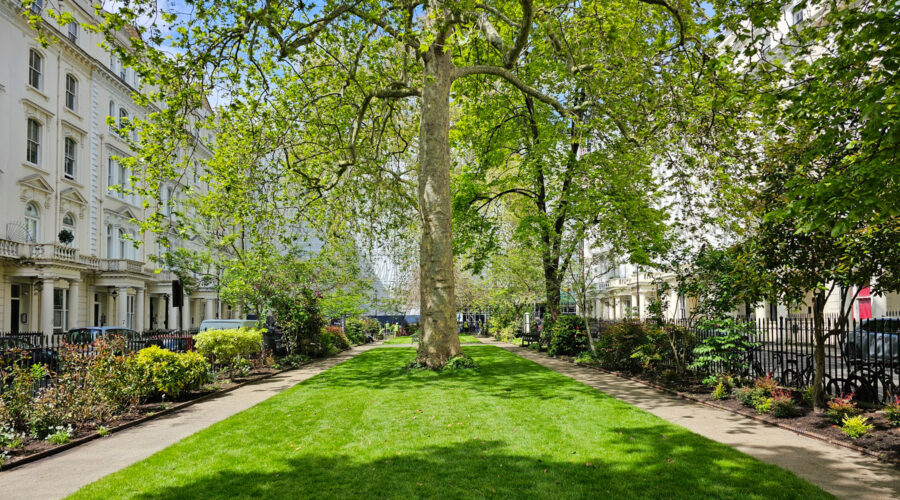
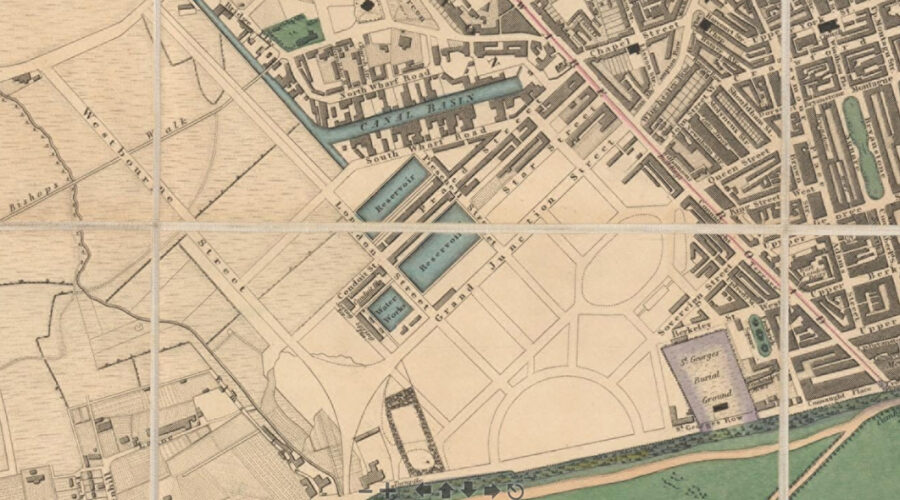
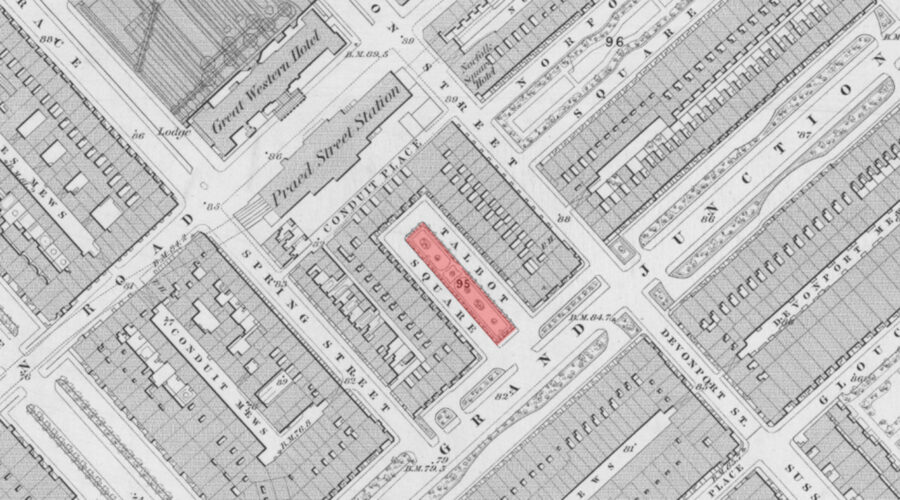
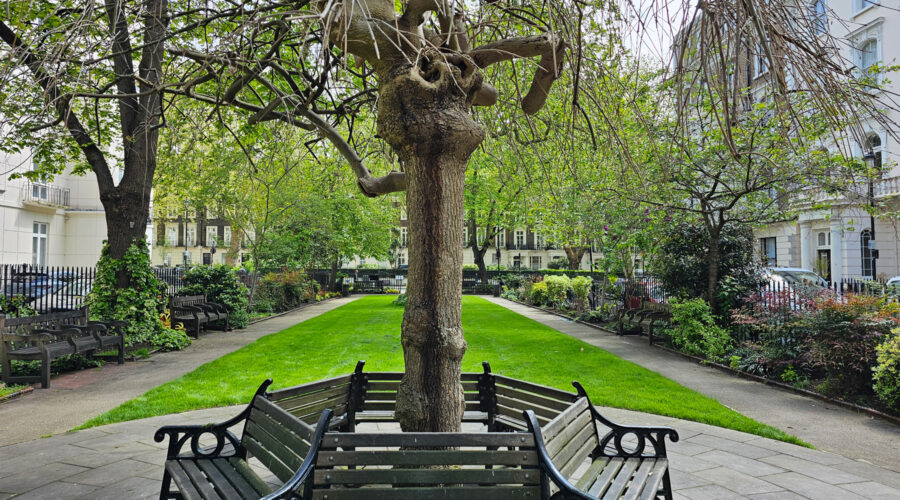
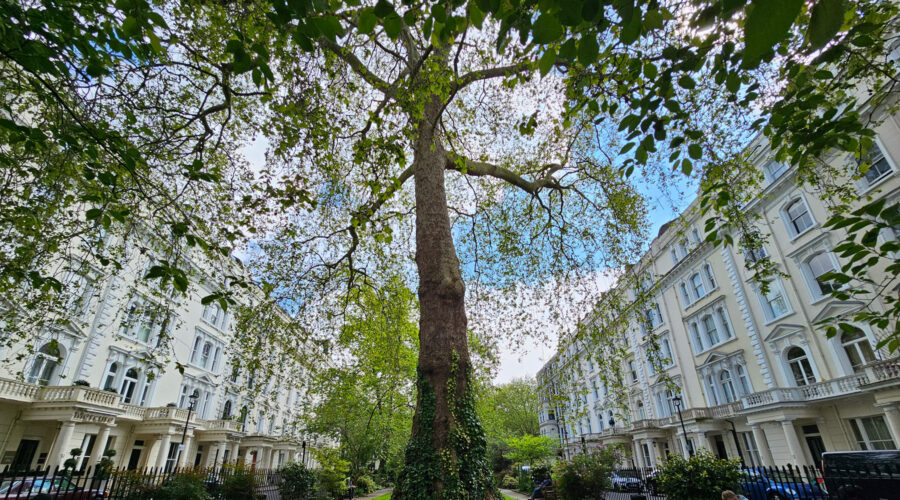






I have walked around this park a few times looking for a “shortcut” to Paddington Station